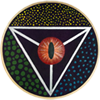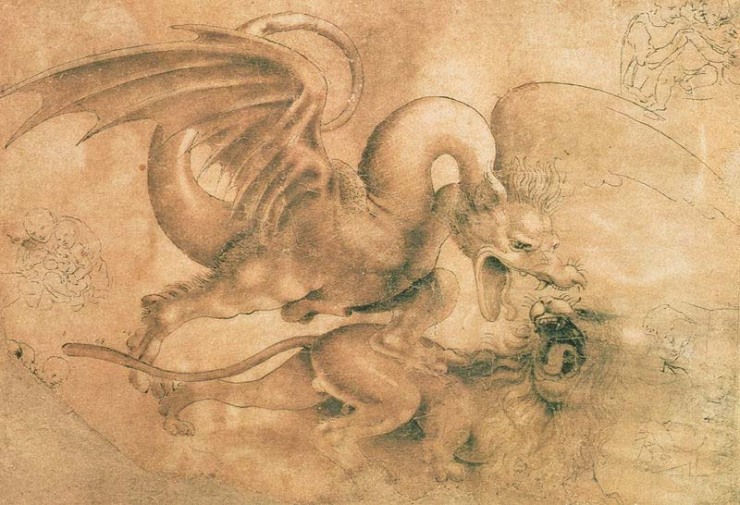 A study by Leonardo da Vinci of a dragon fighting a lion.
A study by Leonardo da Vinci of a dragon fighting a lion.
A wyvern or wivern (pronounced /ˈwаɪvərn/) is a legendary winged reptilian creature with two legs and a barbed tail often found in mediaeval heraldry. The word is derived from Middle English wyvere, from Old North French wivre “viper”.
The wyvern is regarded as a type of dragon. Wyverns are normally shown as dragons with two legs and two wings that may have clawed tips. Some have been known to have no legs. Sometimes there are eagle’s claws on the wingtips. The rest of its appearance can vary, such as appearing with a tail spade or with a serpent-like tail.
Some cryptozoologists have interpreted wyverns as surviving pterosaurs, which were extinct around 65 million years ago. There are alleged sightings in remote areas of pterosaur-like creatures such as the Kongamato in Africa. There is no evidence to support these hypotheses or sightings. (from Wikipedia)
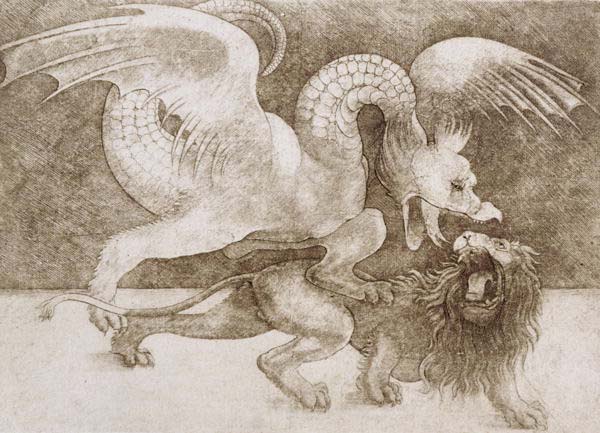 Another version of da Vinci’s dragon fighting a lion.
Another version of da Vinci’s dragon fighting a lion.
(da Vinci drawings from Bridgeman Art Library)
Element : Earth
Description: two-legged dragon with two wings, a serpent’s head and the claws of an eagle.In modern images, they may have claws on the wings and a sting filled with poison on the end of its tail.
The French Wyvern known as a Vouivre or Wouive, is portrayed with the head and upper body of a voluptuous woman with a ruby or garnet set between her eyes that help her to find her way through the Underworld.
Origin: from the Old French wyvere which means both viper and ‘life’. They were also very popular mountains of central europe and in Sweden
Friend/Foe : Wyvern are frequent in heraldry and are considered a sign of strength to those who bear the symbol. Wouive is the good ‘Genius’ who hovers protectively over the countryside and masters the underlying currents of the earth. She is ‘the spirit that breathes or inspires.’ The ancients represented these currents, that today we term cosmic or magnetic, by winged serpents.
Nevertheless the Wyvern appears in some western folk tales as a malign and violent predator with a fierce head, bat’s wings and a tail that sometimes has an extra scorpion-like head on its end. The life-giving aspect of the Wyvern is inverted in favour of death as she takes life. The Wouive’s ‘Breath of Life’ has been reversed, for the Wyvern is said to have poisonous and corrupt breath. These dragons symbolise envy, war, pestilence, and viciousness. (from Dragons.Monstrous.com)
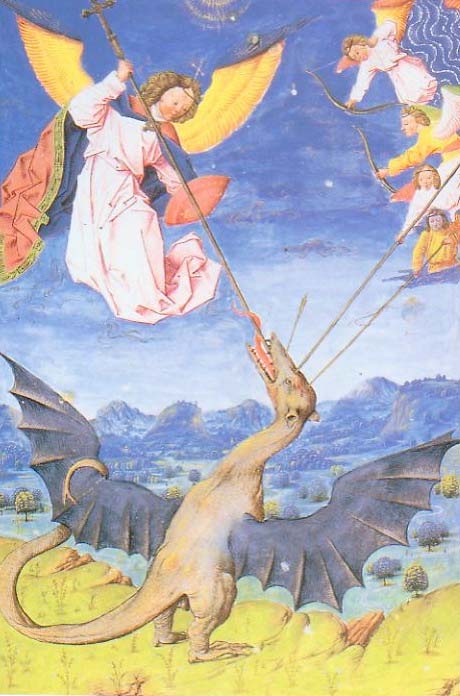 St. Michael and the angels fighting the Wyvern ~ artist unknown, but taken out of the Liber Floridus (1448)
St. Michael and the angels fighting the Wyvern ~ artist unknown, but taken out of the Liber Floridus (1448)
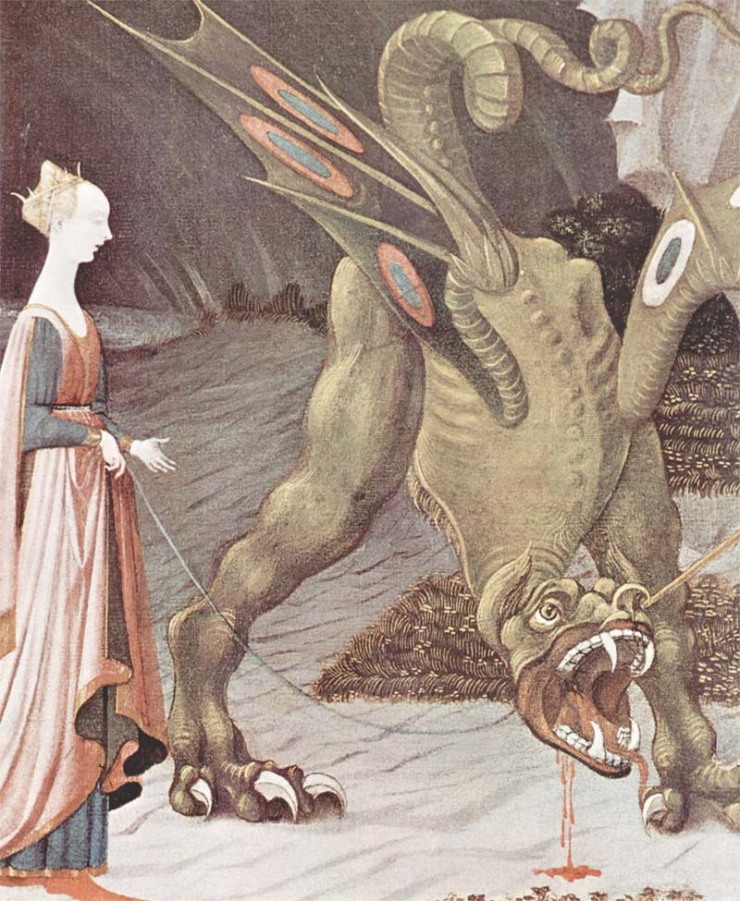 Detail of a painting by Paolo Uccello of St. George fighting the dragon (Hl. Georg im Kampf mit dem Drachen) c.1456
Detail of a painting by Paolo Uccello of St. George fighting the dragon (Hl. Georg im Kampf mit dem Drachen) c.1456
(Click on image to see the entire painting.)
